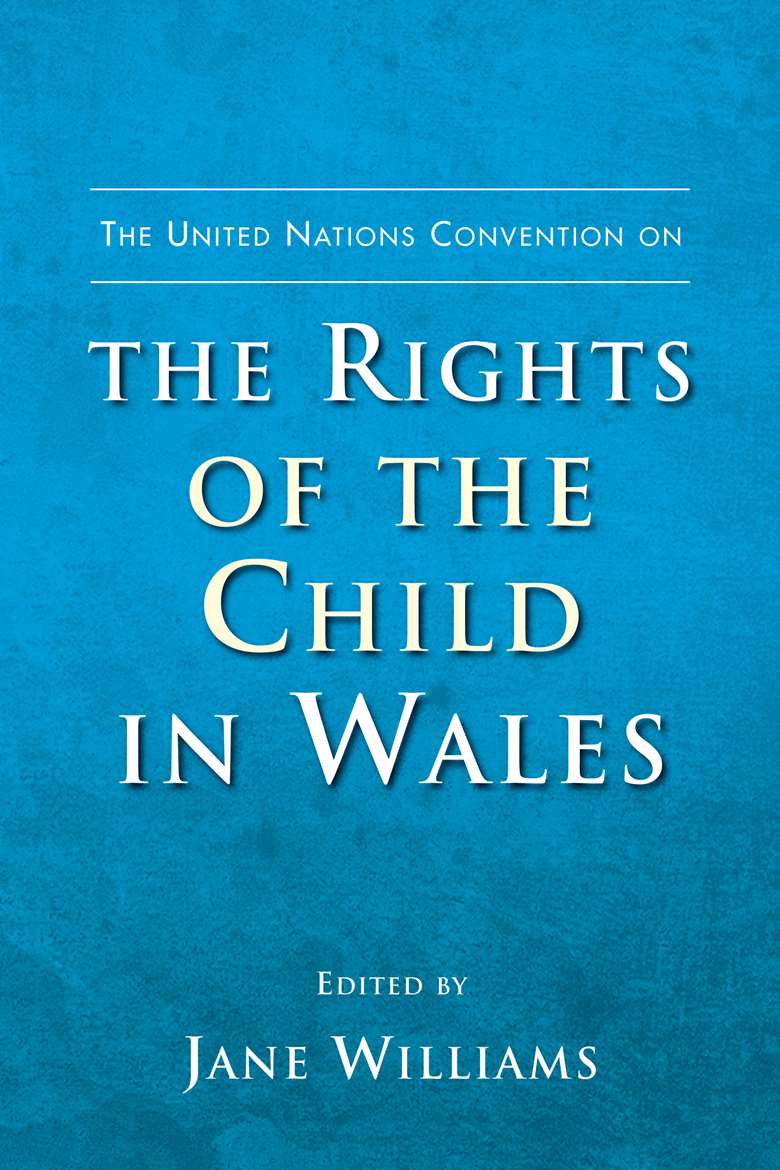The United Nations Convention on the Rights of the Child in Wales
Ruth Barnes
Monday, May 13, 2013
Edited By Jane Williams; University of Wales Press; ISBN: 978-0708325629; £34.99; 240 pages

This book is timely and relevant: nearly 25 years since the promulgation of the United Nations Convention on the Rights of the Child (UNCRC), there is increasing interest in its incorporation into legal systems around the world. For these purposes, the book is a highly successful and interesting read, and I expect my copy to become a well-thumbed source of positive examples of good practice in incorporation.
In many ways, this book has something for everyone working in children’s rights; from those with an advocacy focus, who will find food for thought in the descriptions of different approaches to achieve “consensus” on children’s rights, to social work practitioners, who could benefit from understanding of how, for example, participation rights can be exercised in practice.
The book is concerned, primarily, with the creation and enactment of the Rights of Children and Young Persons (Wales) Measure 2011. However, far from being a legal treatise, it is presented as a carefully woven, highly engaging narrative of the incorporation of the UNCRC in Wales and what this means for children and child rights. Together, the three parts provide the background to the development of the Measure, describing in almost anthropological terms the cultural context of the “rights-based approach” in Wales, before going on to describe the Measure’s implementation and focusing in on key issues such as participation and future challenges. The book captures the camaraderie that appears to have been so successful in achieving establishment of the Measure; with authors cross-referencing each other’s contributions and activities. Those who have time may choose to read the entire book, rather than dipping in and out of its 15 articles.
Although detailed and sophisticated, the book is not overly technical. Of course, implementation of children’s rights is not without its challenges in any political and cultural context, and the book rightly dedicates several articles to concerns and questions about the realisation of the Measure, and that of children’s rights. One especially welcome article focuses upon the plight of Traveller children in Wales, for example. Another chapter focuses on child participation, providing concrete examples of how participation has been used to make positive changes for children.
In all, this book is highly recommended to all those with an interest in children’s rights. This is both for its practical uses and also because, while recognising challenges, obstacles and drawbacks, it leaves the reader with an overriding sense that the incorporation and implementation of child rights might just be possible.
- Reviewed by Ruth Barnes, research and projects manager, international policy and programmes, Coram Children’s Legal Centre




